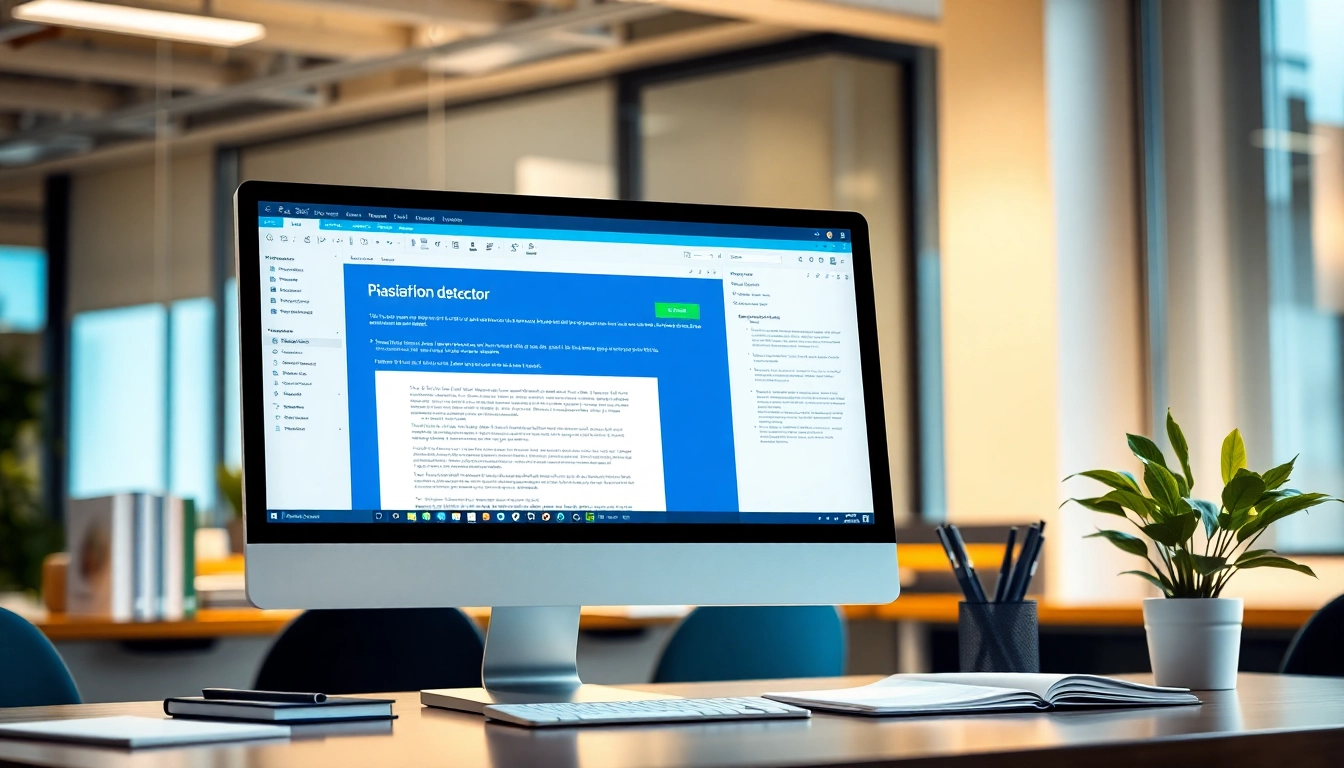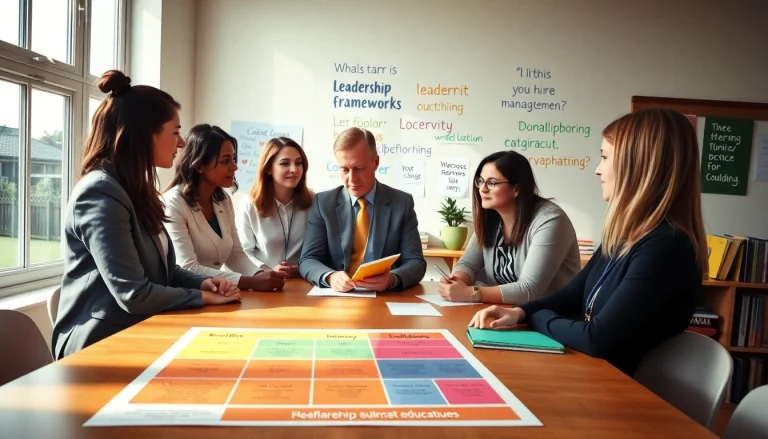Understanding Plagiarism and Its Consequences
What Constitutes Plagiarism?
Plagiarism is often misunderstood, and its implications can vary greatly across different settings, particularly in academic and professional environments. Essentially, plagiarism involves using someone else’s work, ideas, or expressions without appropriately crediting the original source. This can include copying text verbatim, paraphrasing ideas without citation, or even presenting someone else’s research findings as one’s own. In essence, if it is not your original thought or creation, proper attribution is a must to avoid accusations of plagiarism.
Common Types of Plagiarism
There are several common forms of plagiarism that researchers, students, and writers might encounter:
- Direct Plagiarism: Copying text word-for-word without citation.
- Self-Plagiarism: Reusing one’s own previously published work without acknowledgment.
- Patchwriting: Rephrasing someone else’s work in a way that retains the original meaning without proper citations.
- Accidental Plagiarism: Neglecting to cite sources or paraphrasing too closely to the original text unintentionally.
- Collusion: Collaborating with others without permission or acknowledgment for an assignment that is meant to be completed individually.
Academic and Professional Implications
The consequences of plagiarism can be severe, particularly in academic settings. Students caught plagiarizing may face disciplinary actions ranging from failed assignments to expulsion. In professional contexts, such behavior can lead to significant damage to one’s reputation, job loss, or legal repercussions. Beyond the immediate penalties, plagiarism undermines the integrity of scholarly work and compromises trust in academic and professional pursuits.
The Importance of Using a Plagiarism Detector
How Plagiarism Detectors Help Maintain Integrity
Plagiarism detectors are valuable tools designed to identify instances of duplicate content across digital platforms. By scanning and comparing submitted text against vast databases of published material, these tools help maintain integrity within academic institutions and professional environments. Using a plagiarism detector ensures that writers can produce original content while adhering to ethical standards.
Benefits for Students and Professionals
For students, plagiarism detectors offer peace of mind. They can confidently submit their work knowing it is original and free from theft of intellectual property. For professionals, maintaining originality can be the linchpin of success in fields that prioritize innovation and creativity. Additionally, many current employers value integrity and adherence to ethical standards, making the use of these tools essential in the workplace.
Comparison with Manual Checking
While manual checking is an option, it is significantly more labor-intensive and less reliable than using a dedicated plagiarism detection tool. Manual checking requires a deep understanding of the source material and significant time investment to cross-reference and verify information. In contrast, plagiarism detectors utilize advanced algorithms that can quickly analyze text against millions of documents, offering results in seconds. This technology not only saves time but also improves accuracy in identifying potential plagiarism.
How to Choose the Right Plagiarism Detector
Key Features to Look For
When selecting a plagiarism detector, consider the following features:
- Database Size: A larger database increases the chances of detecting copied content.
- Type of Content: Check whether the tool can recognize various formats, such as essays, research papers, or web content.
- Report Clarity: Ensure the results are presented in a clear, understandable manner, detailing the sources of potential plagiarism.
- Ease of Use: The user interface should be intuitive, allowing for quick file uploads and checks.
- Cost: Assess if the features justify the price, and check for free trials or freemium models.
Review of Popular Plagiarism Detector Tools
In a market dominated by numerous services, some brands stand out due to their established credibility and effectiveness:
- Turnitin: A leader in the academic sector, known for its extensive database and detailed reporting.
- Grammarly: While primarily a grammar checker, it also features a robust plagiarism detection capability.
- PapersOwl: An AI-powered tool that provides users with comprehensive plagiarism reports.
- Duplichker: Offers a no-cost option with straightforward functionality and reliable performance.
- Copyleaks: Particularly effective in identifying paraphrased content and works with various formats.
Cost vs. Features Consideration
As with most software tools, there exists a trade-off between cost and features in plagiarism detectors. Free options often come with limitations in database access or functionality. For serious writers, students, and professionals, investing in a premium tool that offers comprehensive features, high accuracy, and extensive source access can be well worth the cost. Analyzing one’s needs—whether for occasional essay checks or regular content production—can help decide the best fit.
Best Practices for Using a Plagiarism Detector
Entering Text for Optimal Results
To maximize the efficiency of a plagiarism detector, there are specific best practices to follow when submitting text:
- Use Clear Formatting: Ensure that the text is properly formatted and free of extraneous data to avoid confusion during analysis.
- Limit Document Length: Break down larger documents into manageable sections to improve the speed of checking and clarity of results.
- Input Original Content: Whenever possible, use your own phrasing before submitting, as many detectors are better at identifying instances of gross borrowing.
Interpreting the Results
Once the plagiarism check concludes, understanding the results is crucial. Most tools will provide:
- Percentage Scores: Indicating how much of the text matched existing sources.
- Source Links: Direct links to the original content where similarities were found.
- Highlighting Potential Issues: Some detectors may highlight specific passages and flag them for review.
It’s essential to review the flagged content and determine if revisions or proper citations are necessary.
Steps to Take After Detection
After receiving results from a plagiarism detector, follow these steps:
- Revise Flagged Sections: Edit or paraphrase parts of the text that were marked as potentially plagiarized.
- Add Citations: Ensure that any direct ideas taken from another source are properly cited according to relevant style guides.
- Resubmit if Needed: If substantial changes were made, consider running the document through the plagiarism detector again to ensure compliance.
Future of Plagiarism Detection Technology
Emerging Trends in Technology and AI
As technology progresses, so do plagiarism detection tools. Emerging trends include:
- AI Integration: Many tools are incorporating AI to enhance detection capabilities, learning from detected patterns to improve accuracy.
- Real-time Detection: Future tools may provide real-time checking as users write, prompting immediate corrections.
- Multi-format Recognition: Advances may allow detection across different types of content, such as video scripts and coding projects.
Integrating Plagiarism Detection in Educational Systems
Education institutions are increasingly implementing plagiarism checkers as part of their academic integrity measures. By integrating these tools into learning management systems (LMS), students can receive instant feedback on their work, promoting original thinking and ethical writing practices. As institutions adopt these technologies, training students on their use will be crucial to foster a culture of originality.
Impact on Writing and Research Practices
With the continued rise of plagiarism detection technology, the landscape of writing and research is evolving. Writers are becoming more aware of the importance of originality and intellectual integrity. Tools that provide instant feedback encourage better writing practices, ultimately resulting in higher-quality work across various fields. This shift not only enhances personal accountability but also elevates standards within industries that rely heavily on trust and credibility.








